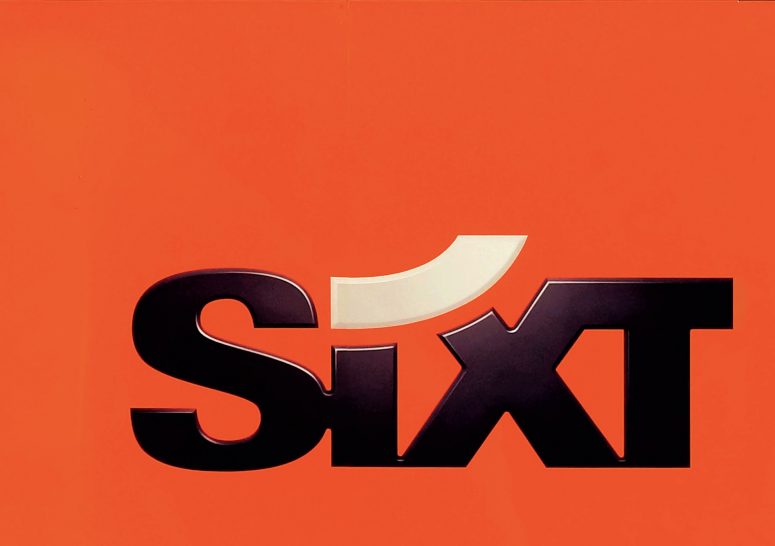
You’ve made a mistake. You should pay for it. How about paying £40 billion? A sum that even Apple would wince at. That’s the compensation bill so far for the payment protection insurance (PPI) missold by banks to their customers from 1990 to 2010. Lloyds Bank alone has had to pay out more than £17 billion in compensation. That’s a major reason why, in late November 2016, the price of Lloyds Bank shares is still 90% down on their price 10 years ago. Second in line is Barclays, whose costs amount to £8.4 billion.
PPI offered insurance for someone paying regular sums such as a monthly mortgage or the repayments on a loan to buy a car. If the person was hit by illness or redundancy, the insurance would cover the payments and therefore the home or car would be safe. But the banks’ sales departments couldn’t leave it at that. They sold the policies at high prices and built in an increasing number of get-outs so that they wouldn’t need to pay out. Worst of all, they sold the policies to people who had zero chance of benefiting. For example, fear of unemployment was an important factor, but self-employed people were excluded from any payouts — yet were still sold the insurance by sales staff.
Your organisation does not have access to this article.
Sign up today to give your students the edge they need to achieve their best grades with subject expertise
Subscribe




